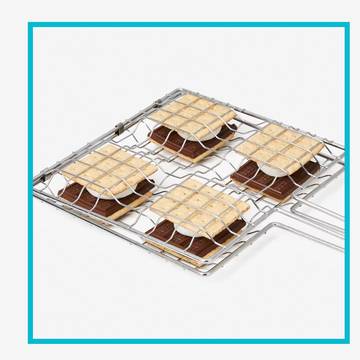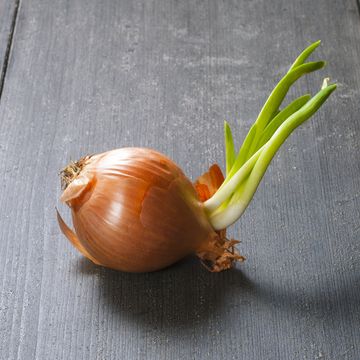The question: "I always see food labeled as 'multigrain,' 'whole grain,' and 'whole wheat.' Is there even a real difference between the three?"
The expert: Amanda Bontempo, M.S., R.D, an ambulatory oncology dietitian at New York University Langone Medical Center
The answer: These three are definitely different, with two of them being great for your health (and the other, not so much). The key word to look out for when shopping, no matter which grain you’re going for, is "whole." When you see that on a package, flip it over to double-check that the ingredients say "whole," as well.
The "whole wheat" label means the wheat in that product hasn’t been refined so healthy components like endosperm and bran are left intact, says Bontempo. Unrefined products also have many more nutrients like B vitamins and trace metals like iron, zinc, and copper. This isn’t to be confused with things that say they contain "100 percent wheat"—that only means it’s completely made of wheat, not that said wheat is unprocessed. Along the same vein, something labeled "whole grain" is made of unrefined cereal grains like barley, rice, oats, or flax.
Multigrain products are the ones to watch out for, says Bontempo. There are no standardized regulations or definitions for the label "multigrain," so it can be added to any packaging as long as the food inside it contains more than one type of cereal grain. Something can be multigrain and still be processed, bleached, or refined in a way that removes any real nutritional value. That isn't to say that something labeled "multigrain" is necessarily bad for you; if you see something that says it’s "whole multigrain," you’re good to go—but otherwise, you'll need to do a closer reading of the label to see if it contains whole grains or nutrient-depleted processed ones.
More from Women's Health:
5 Myths About Going Gluten-Free
Slimming Whole Grain Recipes
4 Gluten-Free Ways to Get the Nutritional Benefits of Whole Grains













